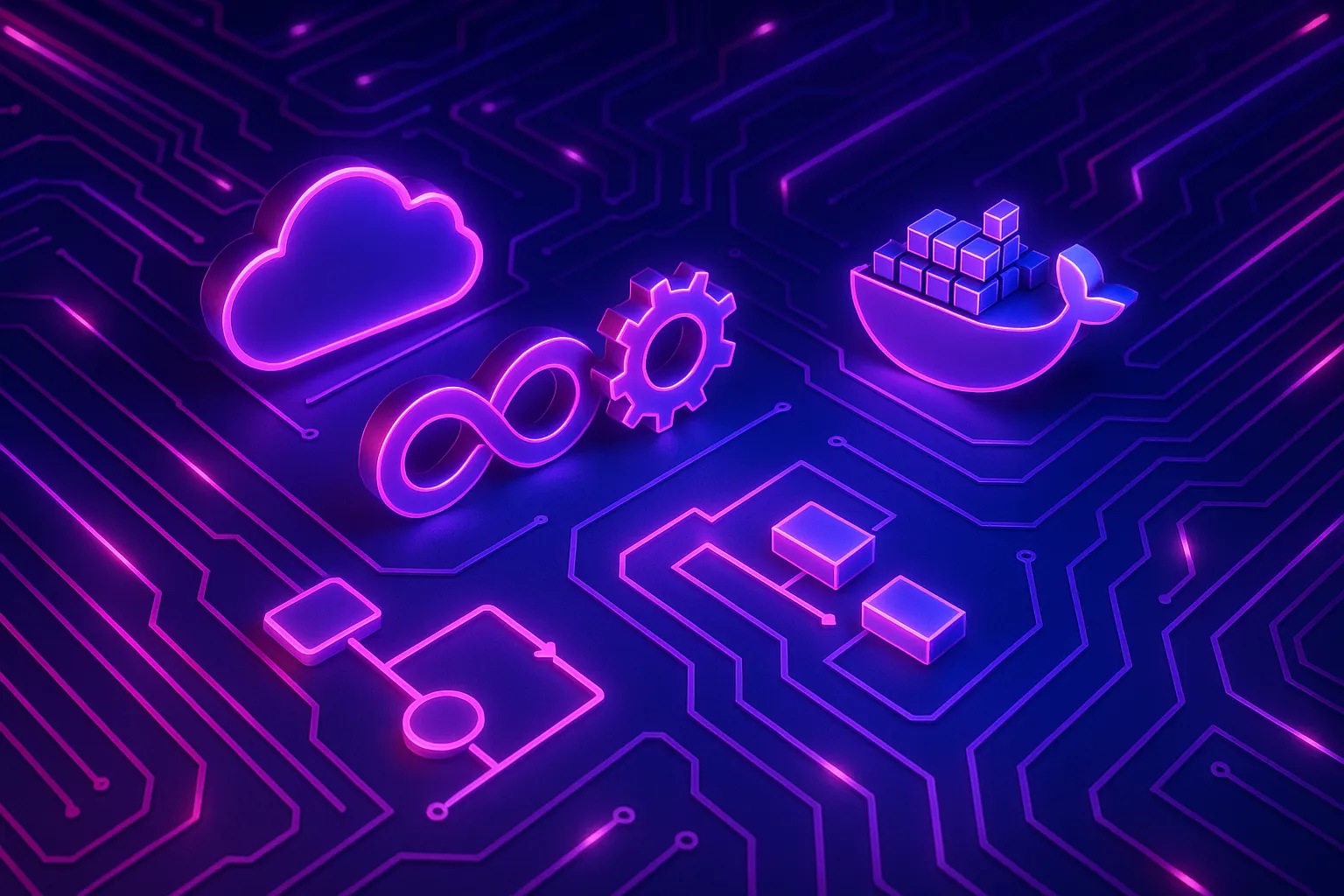
In the swiftly evolving digital landscape, Docker has become a cornerstone for developers looking to streamline application deployments. However, as we proceed into 2025, the focus extends deeper into optimizing not just Docker itself, but the critical networks that underlie its operations. Understanding and implementing best practices for Docker networks can ensure not just functionality but a harmonious blend of speed, security, and stability.
Enhancing Docker Performance and Network Reliability
Optimizing Dockerfiles is crucial for advancing application performance and security. Key techniques include selecting lightweight base images, such as using the Alpine Linux image to minimize the Docker image size, and adopting multi-stage builds which enable the separation of build and production stages, resulting in leaner images. By implementing caching strategies effectively, you can reduce build times and enhance resource utilization, meeting the high demands of today's digital age.
To further boost network performance, employ real-time monitoring and health checks. Tools like eBPF (Extended Berkeley Packet Filter) can provide insights into low-level operations within the Linux kernel, while Sysdig offers comprehensive system visibility. Fine-tuning memory and CPU limits also enhances Docker network performance, ensuring stability—a hallmark of effective networking.
By proactively addressing performance and reliability, developers can avoid common pitfalls, such as resource exhaustion and network misconfigurations, highlighted in Christopher Tozzi’s work.
Strengthening Docker Network Security
Cyber threats are becoming increasingly sophisticated, making robust network security strategies imperative. Common vulnerabilities, such as improper network configurations and firewall settings, can expose Docker networks if not handled correctly. Regular vulnerability scans using tools like Trivy or Clair can identify and remediate security risks in your container images.
Furthermore, leveraging a .dockerignore file excludes unnecessary files from being added to Docker images, thereby reducing potential attack surfaces. An example of its use could be excluding files like local development environment configurations that are not needed in production. Such proactive measures not only secure the network but also streamline operations by eliminating excess components.
Navigating Future Networks with Docker Mastery
As we journey through 2025 and beyond, optimizing Docker networks remains a strategic necessity for seamless digital infrastructures. Adopting best practices enhances performance, security, and reliability. Whether you are a seasoned developer or new to Docker, mastering these techniques will prove invaluable. Consider how these methods can be implemented in your own projects, and share your experiences or challenges with others navigating the Docker realm. For further learning, explore additional resources that push the boundaries of current standards, ensuring your network configurations set new benchmarks for excellence.

